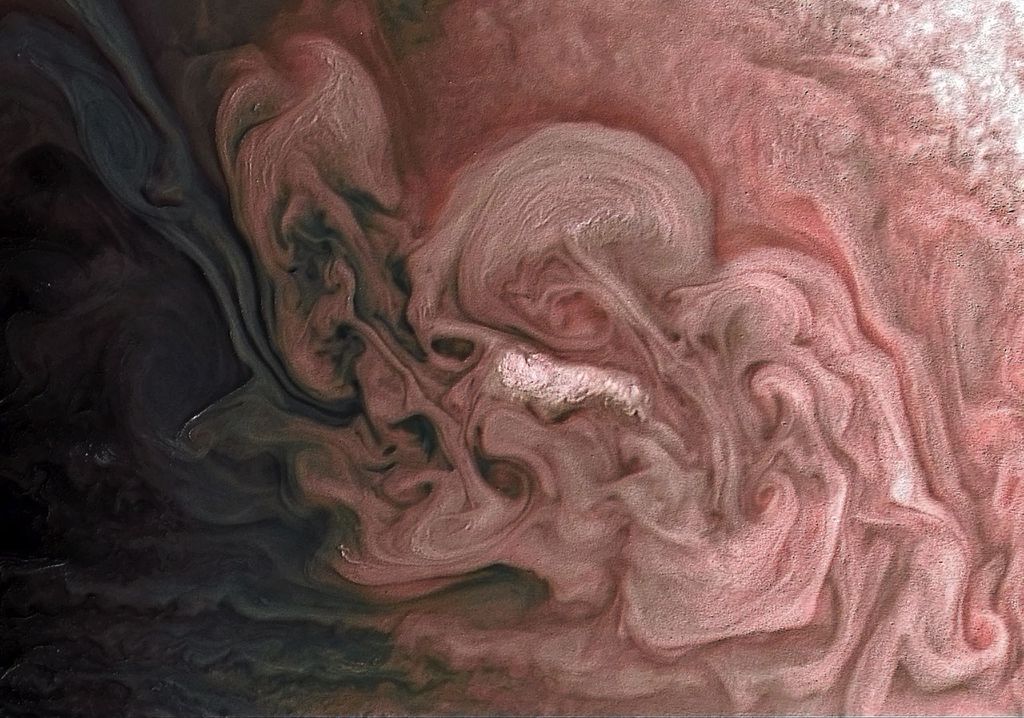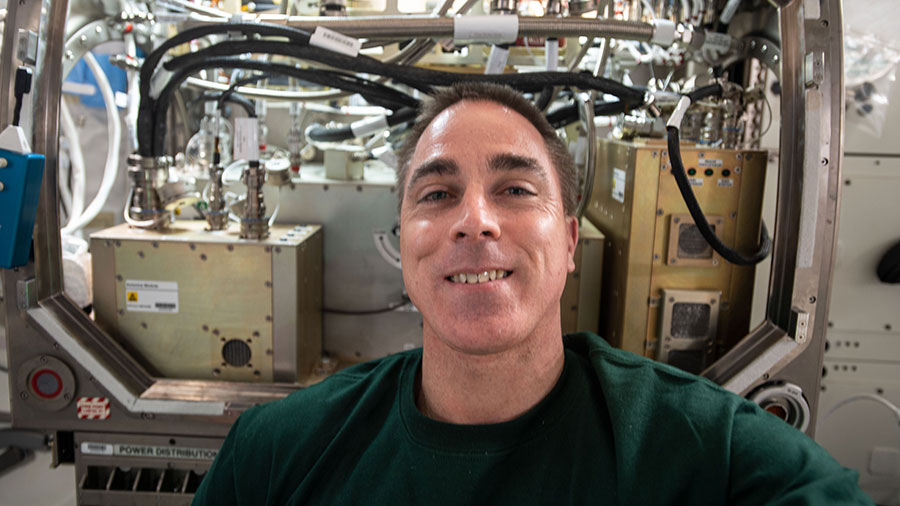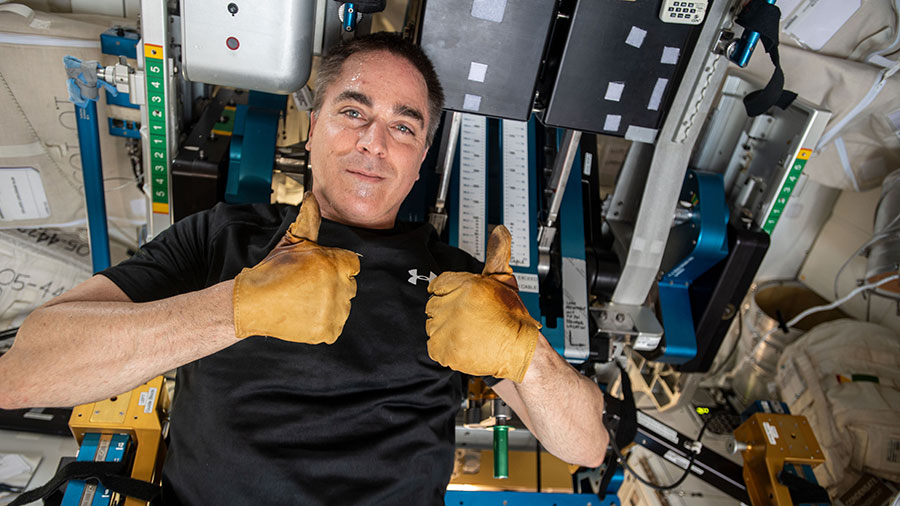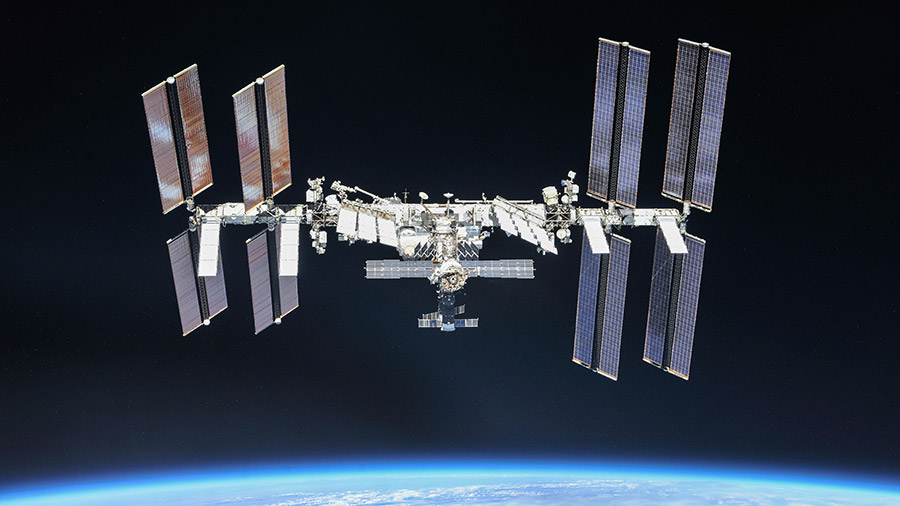October is shaping up to be a busy traffic period as the International Space Station gears up for a space delivery, a crew exchange and a commercial crew mission. Meanwhile, the Expedition 63 crew focused on science, eye exams and leak inspections today. The next U.S. cargo mission to resupply the station is due to …
Station Gearing Up for October Cargo and Crew Missions































